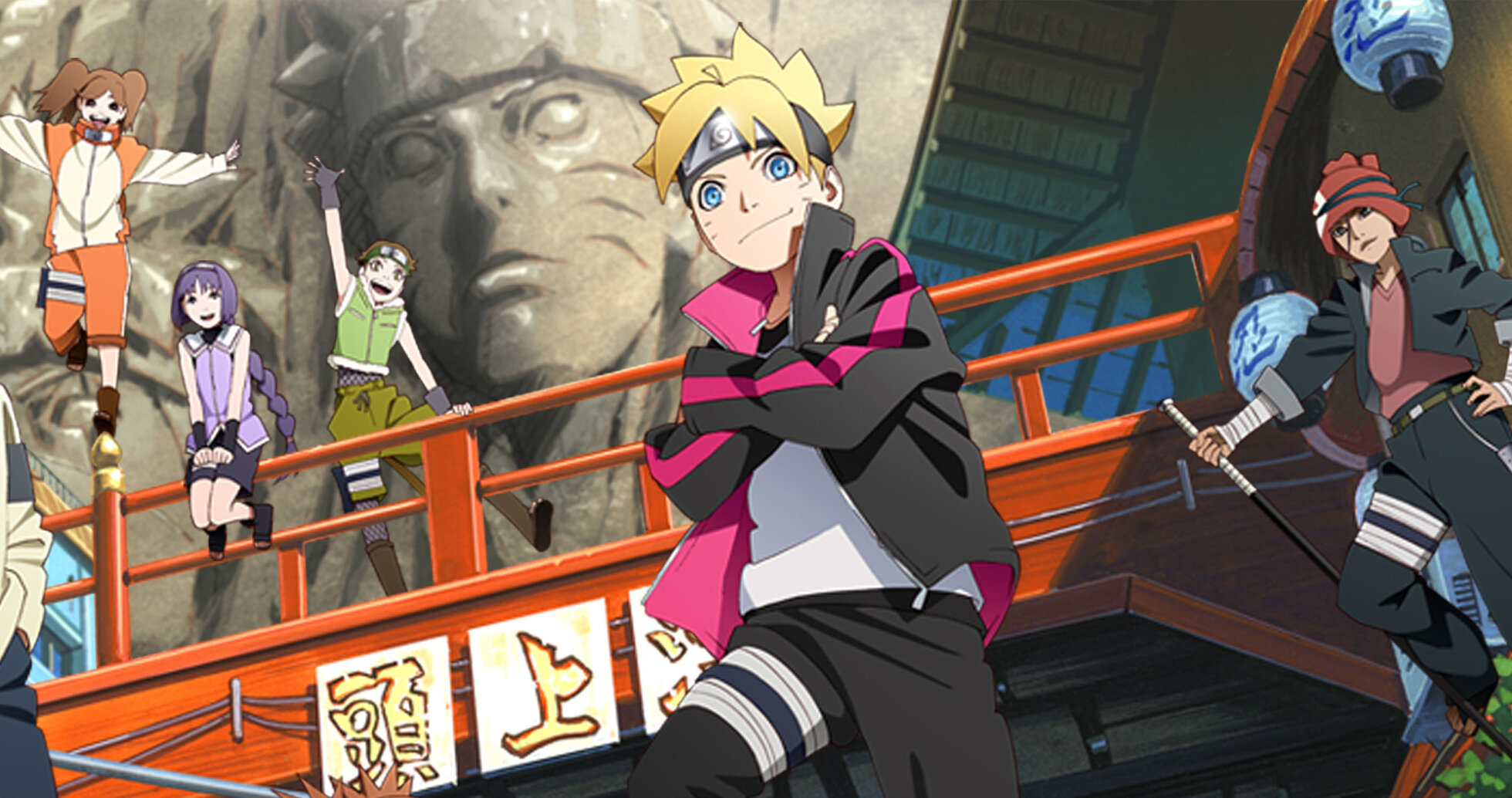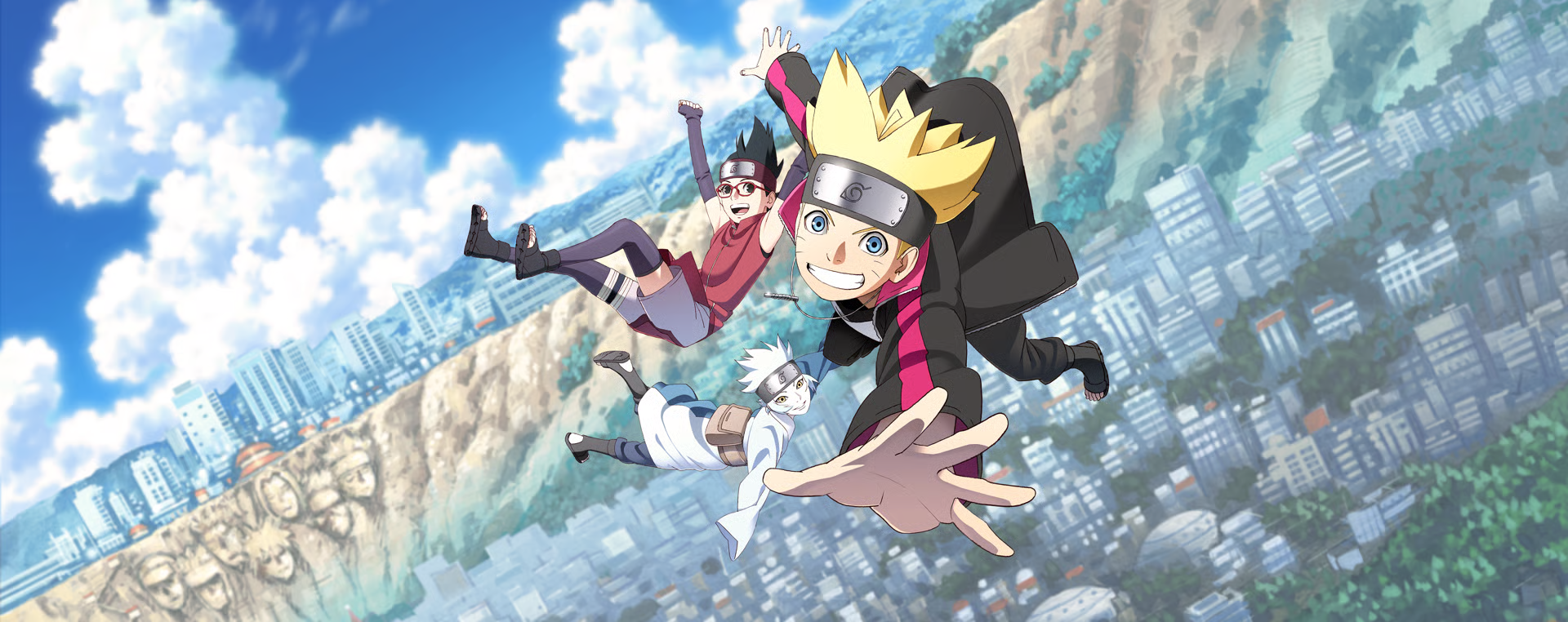This review of Boruto: Naruto Next Generations dives into the generational shift from Naruto to his son, Boruto, highlighting the new challenges, evolving technologies, and family tensions that define the series. While the manga offers fresh ninja battles and promising characters like Sarada and Mitsuki, it also struggles with Naruto’s portrayal as a distant father and the sidelining of powerful female characters.
Written from a personal reading experience on ComicK, this review explores both the strengths and flaws of the story, from emotional moments to questionable choices, giving a fair and thoughtful perspective for fans deciding whether to continue their journey in Konoha.
I’ve been reading Boruto: Naruto Next Generations recently on ComicK, and to be honest, it’s been a strangely nostalgic yet frustrating ride. On one hand, it’s thrilling to step back into the Hidden Leaf Village, see familiar faces, and watch the next generation take center stage.
On the other, I can’t help but feel a sting of disappointment at how certain beloved characters Naruto included are portrayed. Still, ComicK made the whole experience seamless: crisp scans, smooth navigation, and all the volumes right at my fingertips. What follows is my honest take part admiration, part critique on this continuation of one of the most iconic manga of our time.
A New Era of Peace and Technology
The biggest shift in Boruto is the setting itself. This isn’t the war-torn ninja world we grew up with; it’s a relatively peaceful era where the villages cooperate rather than clash. The sense of danger that once defined Naruto’s story feels dialed down, replaced with new concerns: technology, modernization, and the clash between tradition and progress.

As someone who loved the grit of the original series, I found this both refreshing and jarring. Refreshing, because it’s realistic no world can remain trapped in endless wars forever. Jarring, because at times it feels like the stakes are too low, like the story is struggling to define what being a ninja even means in this new world.
The introduction of scientific ninja tools is a prime example. They allow children to perform jutsu without training a bold idea, but also one that undercuts the very foundation of hard work and perseverance Naruto once embodied. Watching Boruto rely on them left me conflicted: clever commentary on entitlement, or a cheap shortcut for drama?
Boruto vs. Naruto: A Tale of Fathers and Sons
The emotional core of this manga is undeniably the strained relationship between Boruto and his father. Naruto, once the embodiment of resilience and love-starved determination, is now portrayed as a distant Hokage buried under paperwork. I’ll admit, seeing him send a shadow clone to his daughter’s birthday dinner made me wince.
Boruto’s resentment feels both justified and bratty at the same time. On the one hand, I completely get why he hates being ignored Naruto of all people should know better. On the other hand, Boruto’s life is cushy compared to his father’s childhood. Sometimes I wanted to shake him and say, “Kid, you don’t know how good you’ve got it.”
This dynamic is both the manga’s strength and weakness. It adds emotional tension and grounds the story, but it also risks tarnishing the legacy of Naruto for longtime fans. For me, it was a mix of bittersweet nostalgia and frustration like watching an old friend make choices you wish they wouldn’t.
The Next Generation: Sarada, Mitsuki, and Beyond
If Boruto’s character sometimes grated on me, the supporting cast more than made up for it. Sarada Uchiha, in particular, is a standout. She’s ambitious, level-headed, and carries the fire of both her parents without being defined by them. Her dream of becoming Hokage feels like the spiritual continuation of Naruto’s journey.
Mitsuki, with his mysterious origins and calm demeanor, adds intrigue. His loyalty to Boruto is endearing, even if it sometimes feels unexplained. Together, the trio echoes the old Team 7, but with enough differences to carve their own identity.
Even background characters are fun Easter eggs for longtime fans. Seeing Inojin inherit traits from both Ino and Sai made me grin—it’s like spotting a familiar face in a crowd. That said, I wish the story gave more space for female ninjas from the previous generation. Too often, they’re pushed aside to play the roles of mothers or scolders, which feels like a disservice to their earlier arcs.
Art and Atmosphere: Old Konoha Meets the New
Visually, the manga does an excellent job of blending old and new. The Hidden Leaf Village has expanded into a bustling cityscape, complete with modern technology integrated into its architecture. The balance between tradition and innovation comes alive in the backgrounds, which are often as engaging as the characters themselves.
Character design is equally nostalgic and forward-looking. Boruto’s resemblance to Naruto is obvious, but softened; Sarada wears her glasses like a badge of individuality; Mitsuki’s design hints at his enigmatic background. It’s comforting to recognize elements of Kishimoto’s style while appreciating Ikemoto’s touches.
However, I did notice a lack of the raw, gritty energy that Kishimoto brought to battles. The fight scenes here are polished but sometimes lack that gut-punch intensity. It’s not bad—it just feels different, and whether that’s good or disappointing will depend on what you loved most about Naruto.

Emotional Highs and Lows
There are moments in Boruto that genuinely shine. Boruto’s vulnerability, Sarada’s determination, and Mitsuki’s quiet loyalty can be touching in ways that caught me off guard. Certain panels, especially during the Chunin exam arc, hit me with that same mix of adrenaline and emotion that hooked me back in the Naruto days.
At the same time, the manga can stumble. Some story beats feel recycled or too safe, as if the series is afraid to fully break away from its predecessor. I also found myself rolling my eyes at Naruto’s continued incompetence as a father it felt repetitive rather than insightful after a while.
Still, the highs outweigh the lows. When the story hits its stride, it’s a reminder of why we fell in love with this world in the first place: bonds, dreams, and the never-ending push to be better than yesterday.
Worth Reading or Just Nostalgia?
So, is Boruto: Naruto Next Generations worth your time? For me, the answer is yes—with caveats. It’s not Naruto, and it’s not trying to be. If you go in expecting the same magic, you might leave disappointed. But if you’re open to a story about growth, legacy, and generational conflict, there’s a lot here to enjoy.
I appreciated reading it on ComicK, where the smooth interface let me binge chapters without distraction. It’s the kind of series where you’ll want easy access to keep up with the twists, even when you’re groaning at Naruto’s parenting choices or Boruto’s attitude.
In the end, Boruto may not replace Naruto in my heart, but it doesn’t have to. It’s a continuation a flawed, fascinating, and often fun one that still deserves a spot on your reading list if you’re a fan of the shinobi world.
